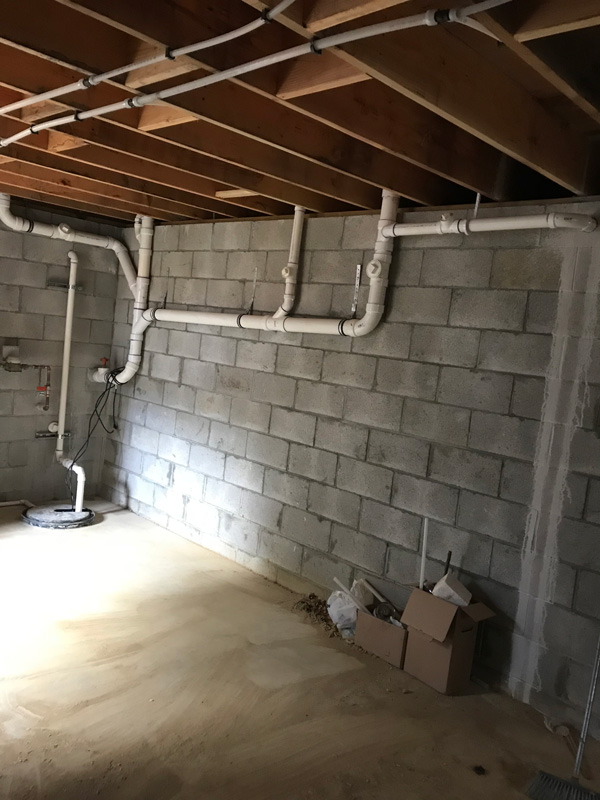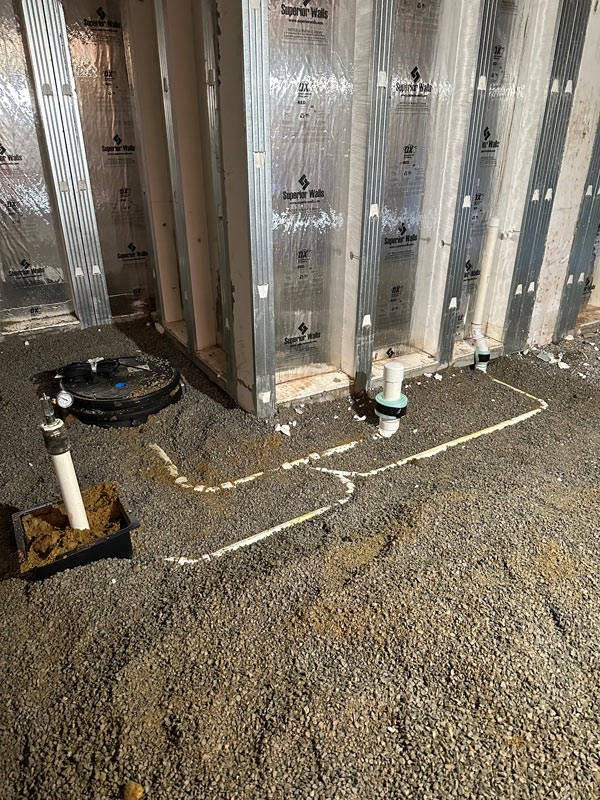Due to increased rainfall, New Jersey is one of the wetter parts of the United States. Though elevated precipitation levels lead to a milder climate than in other places, they also increase the chance of flooding. That’s why a functioning sump pump is essential to prevent water damage to your home or business.
At Plumber Near Me, we specialize in sump pump repair and installation in Barnegat, NJ. Our team is available 24/7 for emergency services, meaning that if your sump pump breaks suddenly, we can fix it at any time of day, any day of the year.
Call Plumber Near Me at 609-245-5087 for your sump pump service needs in the Barnegat, NJ, area.
As previously mentioned, sump pumps direct water out of your basement or lower level to prevent flooding. These systems consist of the pump itself and a pit that collects water. The sump pump works to drain this pit as fast as possible, ensuring that your basement does not flood and thus cause water damage.
When installing sump pumps, plumbers will inspect the space and locate the best part of your basement or crawl space to dig a hole and install the pump. Plumbers determine where to install a sump pump based on where the lowest part of your basement is.
After discovering the lowest point, plumbers will install the pit by digging a hole below the ground level of the space. This pit will thus collect groundwater, as the water naturally flows toward the hole when heavy rains begin. The pump will then direct this water into a discharge pipe and away from your home where the ground can re-absorb the excess water.

If your sump pump is old, it’s time to invest in a replacement. Our expert plumbers can advise you on the best sump pump replacement for your needs, as each sump pump has a different pumping capacity (gallons per hour), horsepower, electrical connections, etc.
Furthermore, we recommend installing a backup battery-powered sump pump for all our customers. Installing an emergency sump pump can save you money in case of a power outage.

The staff at Plumber Near Me guarantees excellent customer care and state-of-the-art plumbing services at a fair price. Call our friendly team for sump pump repair and installation in Barnegat, NJ, at 609-618-6836 today!